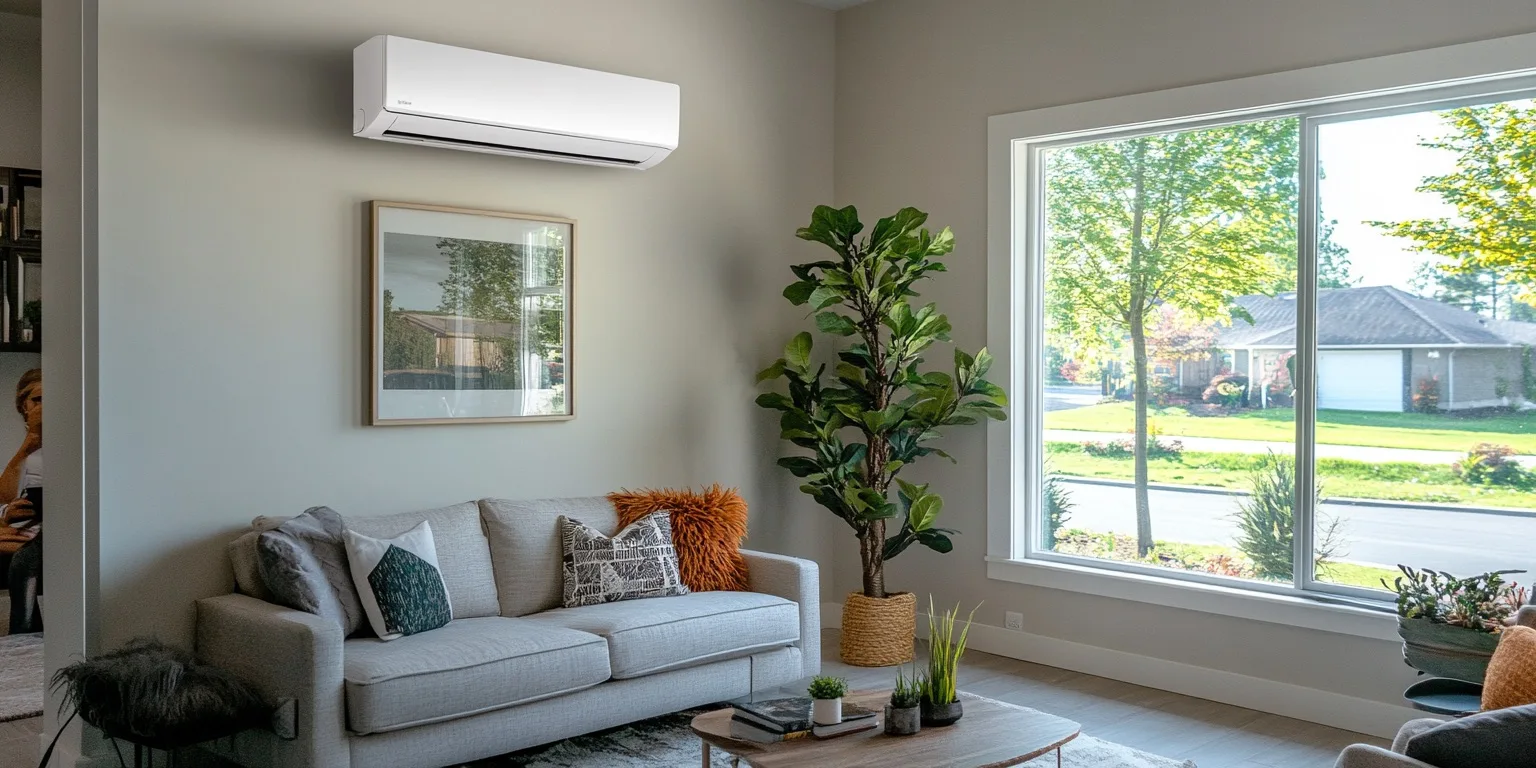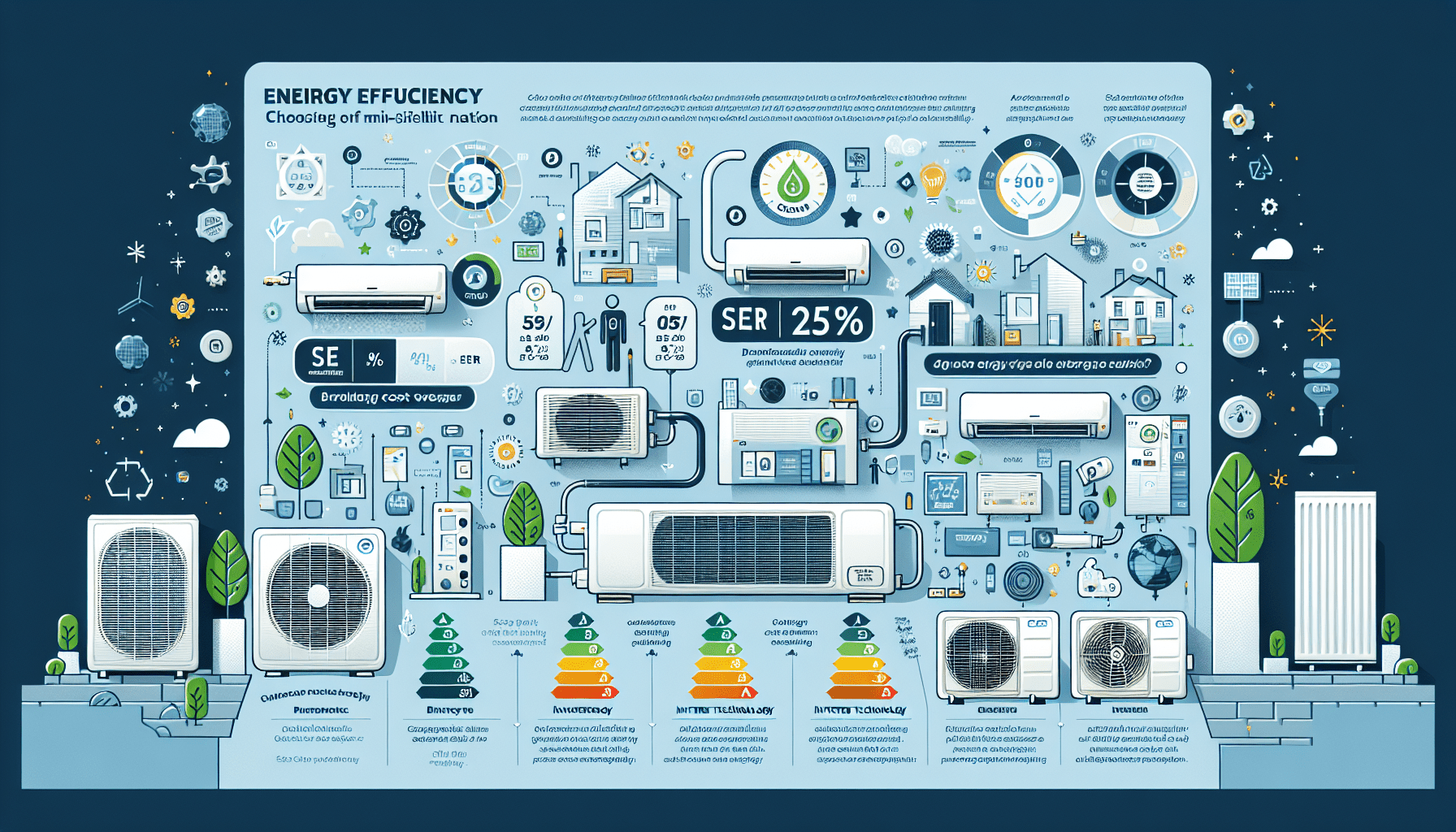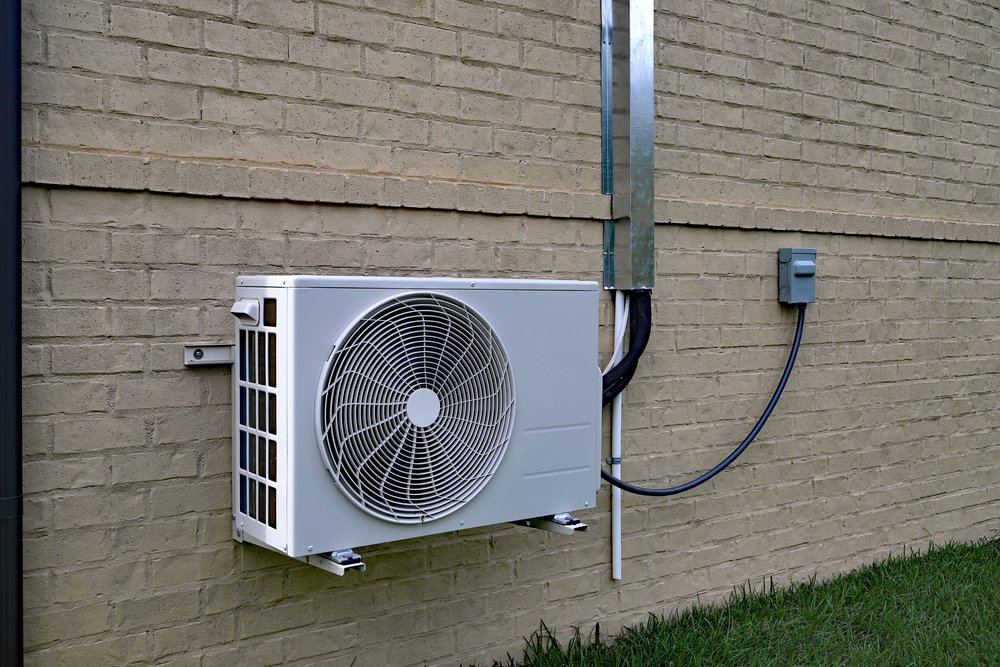Are Mini Split Ac Units Energy Efficient

With rising energy costs and a growing awareness of environmental impact, homeowners are increasingly seeking energy-efficient solutions for heating and cooling their homes. Among the various options available, mini-split air conditioning units have gained significant popularity. But are they truly as energy efficient as they claim to be? This comprehensive guide delves into the energy efficiency of mini-split systems, comparing them to traditional HVAC options and providing insights for homeowners, real estate investors, and contractors.
Understanding Mini-Split AC Systems
Mini-split systems, also known as ductless mini-split air conditioners, offer a unique approach to climate control. Unlike central HVAC systems that rely on a network of ducts to distribute air, mini-splits consist of two main components: an outdoor compressor/condenser unit and one or more indoor air-handling units. These units are connected by a conduit that houses the power cable, refrigerant tubing, and a condensate drain.
The key advantage of mini-splits lies in their zoned cooling and heating capabilities. Each indoor unit can be independently controlled, allowing you to adjust the temperature in individual rooms or zones. This targeted approach can lead to significant energy savings compared to central systems that cool or heat an entire house, regardless of occupancy.
Energy Efficiency Ratings: SEER, HSPF, and AFUE
To evaluate the energy efficiency of any HVAC system, understanding the relevant rating systems is crucial.
- SEER (Seasonal Energy Efficiency Ratio): This rating measures the cooling efficiency of an air conditioner or heat pump over an entire cooling season. The higher the SEER rating, the more efficient the unit. Modern mini-splits often boast impressive SEER ratings, ranging from 16 to well over 25.
- HSPF (Heating Seasonal Performance Factor): This rating applies to heat pumps and measures their heating efficiency during the heating season. Again, a higher HSPF rating indicates better energy efficiency. Mini-split heat pumps commonly have HSPF ratings between 8 and 13.
- AFUE (Annual Fuel Utilization Efficiency): This rating is primarily used for furnaces and measures the percentage of fuel that is converted into usable heat. While not directly applicable to air conditioning efficiency, it's worth noting for comparison when considering heating options.
Many mini-split systems are ENERGY STAR certified, meaning they meet strict energy efficiency guidelines set by the U.S. Environmental Protection Agency (EPA). Look for the ENERGY STAR label when shopping for a mini-split to ensure you're choosing a highly efficient model.
Advantages of Mini-Split Energy Efficiency
Mini-split systems offer several advantages in terms of energy efficiency:
- Zoned Cooling and Heating: As mentioned earlier, the ability to control individual zones is a major advantage. You can avoid cooling or heating unoccupied rooms, saving significant energy.
- Ductless Design: Central HVAC systems lose a significant amount of energy through leaky ducts. Since mini-splits don't require ductwork, these losses are eliminated, leading to improved efficiency.
- Inverter Technology: Many modern mini-splits utilize inverter technology, which allows the compressor to operate at variable speeds. This means the unit can precisely match the cooling or heating demand, avoiding the energy-wasting on-off cycling of traditional systems.
- Smart Features: Many mini-splits come equipped with smart features like programmable timers, occupancy sensors, and Wi-Fi connectivity. These features allow you to optimize energy usage based on your schedule and preferences.
Potential Drawbacks and Considerations
While mini-splits offer numerous benefits, there are also some potential drawbacks to consider:
- Initial Cost: Mini-splits typically have a higher upfront cost compared to window units or traditional central AC systems. However, the long-term energy savings can often offset the initial investment.
- Installation Complexity: Installing a mini-split requires professional expertise to ensure proper refrigerant charging and electrical connections. DIY installation is generally not recommended.
- Aesthetics: Some homeowners find the indoor air-handling units less aesthetically pleasing than central air vents. However, modern designs are becoming increasingly sleek and discreet.
- Maintenance: Like any HVAC system, mini-splits require regular maintenance, including cleaning the filters and coils. Neglecting maintenance can reduce efficiency and shorten the lifespan of the unit.
Comparing Mini-Split Brands and Models
Several reputable brands offer high-quality, energy-efficient mini-split systems. Here's a comparison of some popular options:
- Mitsubishi Electric: Known for their advanced technology and exceptional energy efficiency, Mitsubishi Electric mini-splits are a top choice for many homeowners. Their Hyper-Heating INVERTER (H2i) models are particularly effective in cold climates.
- Daikin: Daikin is another leading manufacturer with a wide range of mini-split systems. Their Daikin Aurora series offers excellent performance and energy efficiency, even in extreme temperatures.
- LG: LG mini-splits offer a good balance of performance, features, and price. Their Art Cool series is known for its stylish design and smart functionality.
- Fujitsu: Fujitsu mini-splits are a reliable and energy-efficient option. They offer a variety of models to suit different needs and budgets.
- Panasonic: Panasonic mini-splits are known for their durability and quiet operation. They offer a range of models with features like air purification and dehumidification.
When comparing models, pay attention to the SEER and HSPF ratings, as well as the features and warranties offered. It's also a good idea to read reviews from other homeowners to get a sense of real-world performance.
Cost Considerations and ROI
The cost of a mini-split system can vary depending on the size, brand, and features. A single-zone system (one outdoor unit and one indoor unit) typically costs between $3,000 and $8,000 installed. Multi-zone systems, which can cool or heat multiple rooms, can cost significantly more.
While the initial cost may seem high, it's important to consider the long-term return on investment (ROI). Mini-splits can significantly reduce your energy bills, especially if you're currently using an inefficient central AC system or window units. The exact savings will depend on your climate, energy usage habits, and the efficiency of the mini-split system.
In addition to energy savings, mini-splits can also increase the value of your home. Potential buyers are increasingly interested in energy-efficient features, and a mini-split system can be a selling point.
Warranties and Maintenance
Most mini-split manufacturers offer warranties on their products, typically covering parts and labor for a certain period. The warranty period can vary depending on the brand and model, so it's important to review the warranty terms carefully before making a purchase.
Regular maintenance is essential to keep your mini-split system running efficiently and to extend its lifespan. Key maintenance tasks include:
- Cleaning the air filters: Clean or replace the air filters every one to three months, depending on usage and air quality.
- Cleaning the coils: The outdoor and indoor coils should be cleaned annually to remove dirt and debris.
- Checking the refrigerant levels: Low refrigerant levels can reduce efficiency and damage the compressor. Have a professional check the refrigerant levels periodically.
- Inspecting the condensate drain: Make sure the condensate drain is clear of obstructions to prevent water damage.
It's recommended to hire a qualified HVAC technician for annual maintenance and repairs.
Conclusion: Are Mini-Splits Energy Efficient?
In conclusion, mini-split air conditioning units are generally considered to be highly energy efficient. Their zoned cooling and heating capabilities, ductless design, inverter technology, and smart features can lead to significant energy savings compared to traditional HVAC options.
However, it's important to choose the right size and type of mini-split for your needs and to ensure proper installation and maintenance. By doing your research and working with a qualified HVAC professional, you can enjoy the benefits of a comfortable and energy-efficient home.
When comparing mini-split systems, remember to focus on these key factors:
- SEER and HSPF ratings
- ENERGY STAR certification
- Inverter technology
- Smart features
- Warranty terms
- Brand reputation and reviews
By carefully considering these factors, you can make an informed decision and choose a mini-split system that will provide years of reliable and energy-efficient performance. Whether you're a homeowner looking to upgrade your HVAC system, a real estate investor evaluating property systems, or a contractor advising clients, understanding the energy efficiency of mini-splits is crucial in today's market.










